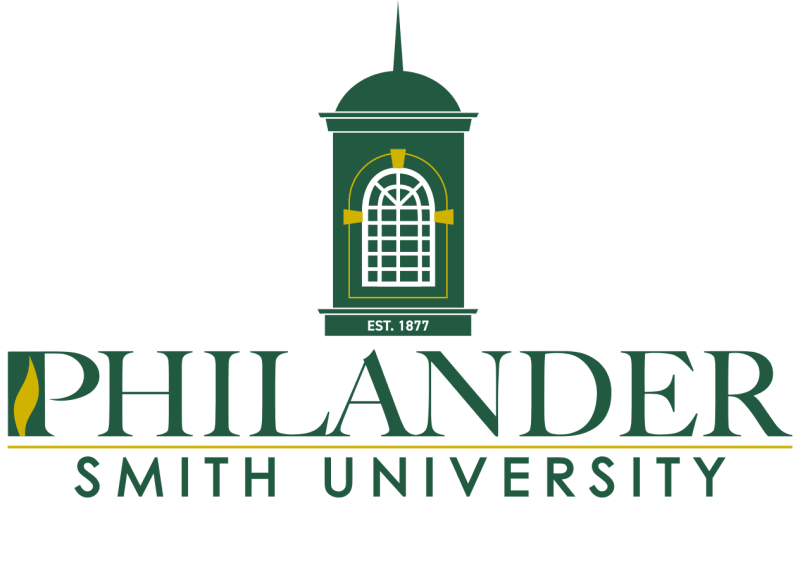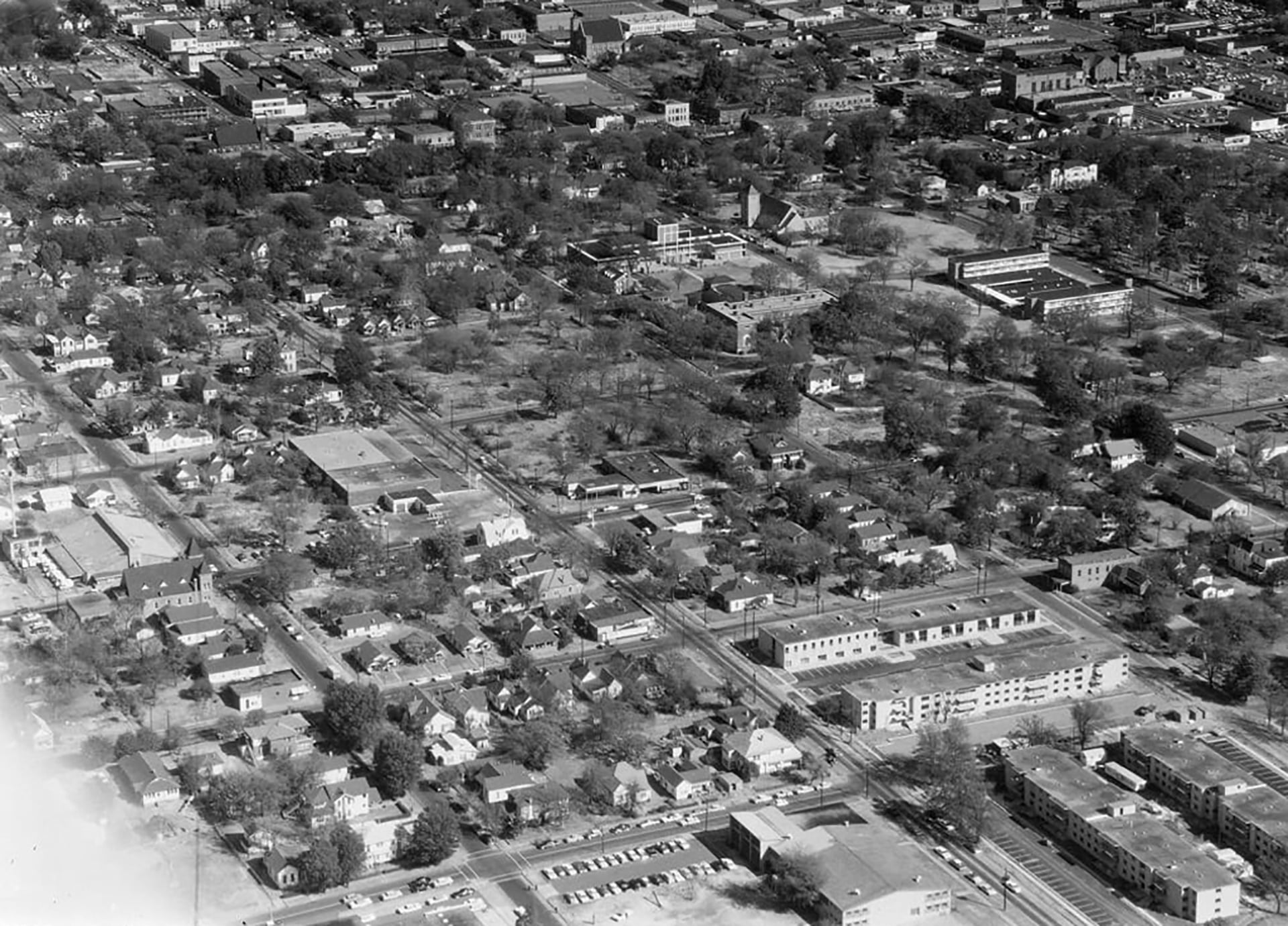1877
Philander Smith University Founded
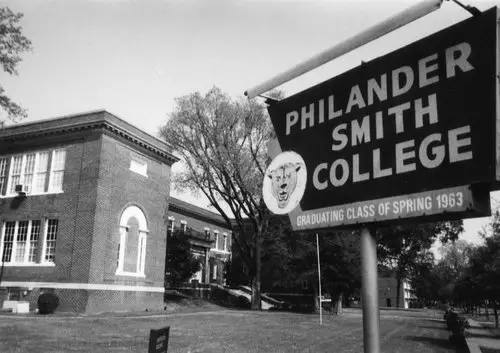
Founded in 1877, Philander Smith University is the result of the first attempt west of the Mississippi River to make education available to freedmen (former African American slaves). The forerunner of the college was Walden Seminary, named in honor of Dr. J.M. Walden, one of the originators and the first corresponding secretary of the Freedmen's Aid Society.
1882
A new site for the school
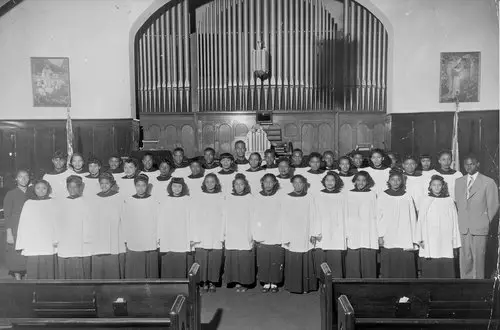
In 1882, Dr. G.W. Gray, president of Little Rock University, the institution for the Arkansas Annual Conference of the United Methodist Church, met Mrs. Adeline Smith, widow of Mr. Philander Smith of Oak Park, Ill., while soliciting funds. The late Philander Smith had been a liberal donor to Asiatic Missions and had developed an interest in the work of the church in the South. In making her gift to Dr. Gray, Mrs. Smith designated $10,500 for Walden Seminary. The trustees accepted the gift and gave it special recognition by changing the name of the struggling Walden Seminary to Philander Smith College. A new site for the school had already been purchased at Eleventh and Izard Streets. The gift made by Mrs. Smith was a significant contribution towards the construction of Budlong Hall, the first brick building on the new site.
Philander Smith College was chartered as a four-year college on March 3, 1883. The first baccalaureate degree was conferred in 1888. The first president, the Rev. Thomas Mason, resigned in 1896. He was succeeded by a member of the faculty of the college, the Rev. James Monroe Cox, professor of ancient languages. Dr. Cox retired from the presidency of the college in 1924, and was succeeded by the Rev. George Collins Taylor, a graduate of the college. Dr. Taylor served as president from 1924 to 1936.
1936
Dr. M.L. Harris
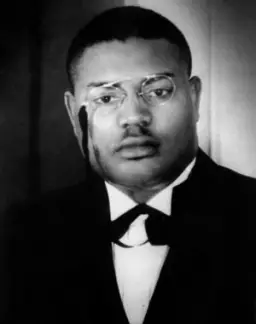
In May 1936, Dr. Marquis LaFayette Harris succeeded Dr. Taylor as president. During the administration of Dr. Harris, the campus area was greatly enlarged. In July 1948 the site of the Little Rock Junior College, adjacent to the South end of Philander Smith's campus, was purchased. On March 30, 1949, after an extensive program of academic improvement, Philander Smith College was fully accredited by the North Central Association of Colleges and Schools. Dr. Harris was succeeded by Dr. Roosevelt David Crockett, a graduate of the institution, on June 1, 1961.
1965
Philander Smith's sixth president
Dr. Earnest Dixon, Philander Smith's sixth president, took office Jan. 1, 1965. He was succeeded by Dr. Walter R. Hazzard, who took office as the seventh president of the college on July 1, 1969. Dr. Hazzard was succeeded by Dr. Grant S. Shockley who took office as the eighth president on Jan. 1, 1980. Dr. Shockley was succeeded by Dr. Hazo W. Carter, who was elected unanimously July 19, 1983 by the Board of Trustees, and took office Aug. 20, 1983.
1987
Dr. Carter resigned the presidency
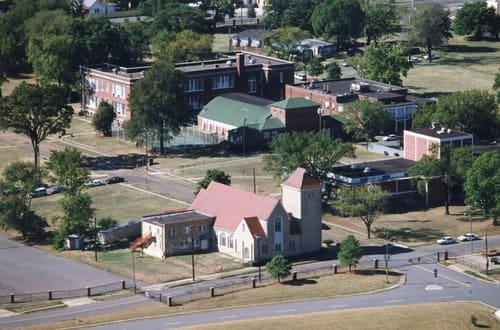
Dr. Carter resigned the presidency in August 1987. He was succeeded by Dr. Myer L. Titus, a 1954 graduate of the institution. Upon Dr. Titus's retirement on June 30, 1998, Dr. Trudie Kibbe Reed was elected by the Board of Trustees in February 1998, becoming the eleventh and first woman president of Philander Smith College.
2004
Dr. Julius Scott was appointed as Interim President
In the summer of 2004, in the wake of Dr. Reed's resignation, Dr. Julius Scott was appointed as Interim President by the Board of Trustees.
2004
Dr. Walter M. Kimbrough as the 12th president
In October 2004, the Board announced the selection of Dr. Walter M. Kimbrough as the 12th president. Kimbrough took office on Dec. 13, 2004 and served until spring 2012 when Dr. Johnny Moore, a 1989 graduate of Philander Smith College, was named as the 13th president.
2014
Dr. Lloyd E. Hervey served as Interim President
Following Dr. Moore's February 2014 resignation of the presidency, Dr. Lloyd E. Hervey, a 1968 graduate of the College, served as Interim President.
2015
Roderick L. Smothers,Ph.D. named 14th President
Selected by the Philander Smith College Board of Trustees, Roderick L. Smothers, Ph.D., took office as the College's 14th president on January 5, 2015.
November 2022
the Masters of Business Administration
On November 18, 2022, the Institutional Actions Council of the Higher Learning Commission approved Philander’s first graduate studies program, the Masters of Business Administration.
May 2023
Inaugural MBA Program Cohort
On May 24, 2023, Philander Smith began classes for its inaugural MBA program cohort.
June 2023
The appointment of Cynthia A. Bond Hopson, Ph.D.
On June 22, 2023, Philander Smith announced the appointment of Cynthia A. Bond Hopson, Ph.D. as the college’s interim president and chief operating officer
August 2023
Became the only HBCU in Central Arkansas with a University status
On August 1, 2023, Philander Smith College officially transitioned to Philander Smith University, effectively becoming the only HBCU in Central Arkansas with a University status.
August 2024
Dr. Maurice D. Gipson named Interim President
In August 2024, Philander Smith University named Dr. Maurice Dr. Gipson as Interim President.
Historic Philanderians
- Dr. Joycelyn Elders - Former US Surgeon General
- Rev. James H. Cone - Professor at Union Theological Seminary in New York, credited with being the founder of Black theology
- Lottie Shackleford - Little Rock's first woman mayor
- Dr. Robert Williams - Father of Black Psychology
- Elijah Pitts - Green Bay Packers Hall of Famer
- Hubert "Geese" Ausbie - Former Harlem Globetrotter
- Dr. Ozell Sutton - Civil Rights Activites & Community Leader, Among the first black members of the US Marine Corps
- Brig. Gen. (Ret.) William J. Johnson Jr. - Arkansas' first Black general in Army National Guard history
- Brig. Gen. Leland Shepard - Arkansas' second Black general in Army National Guard history
- Deon Cole - Actor, Comedian, Producer, Best known for his role in the TV sitcom "Black-ish"
- Todd Day - Head Men's Basketball Coach - Former NBA Player
- Dr. Frank James - Retired Mathematics Teacher - Civil Rights Activist
